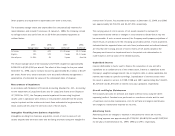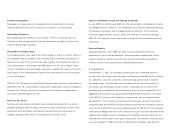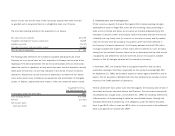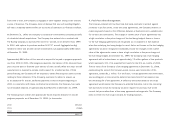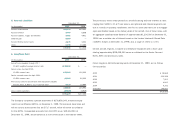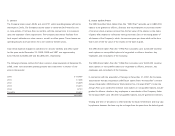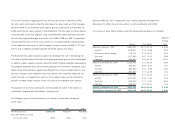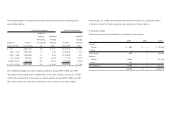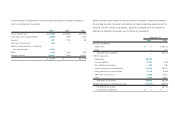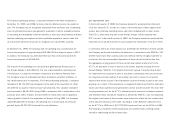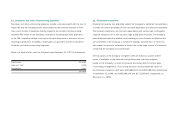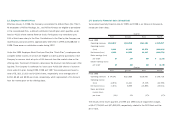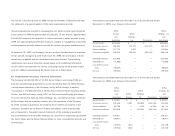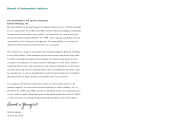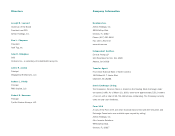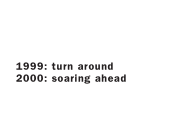Airtran 1999 Annual Report Download - page 44
Download and view the complete annual report
Please find page 44 of the 1999 Airtran annual report below. You can navigate through the pages in the report by either clicking on the pages listed below, or by using the keyword search tool below to find specific information within the annual report.
11. Shutdown and Other Nonrecurring Expenses
Shutdown and other nonrecurring expenses include costs associated with the loss of
Flight 592 and the resulting excess costs related to the reduced schedule in 1997.
Such costs consist of expenses directly related to the accident and the ensuing
extensive FAA review of the Company’s operations including legal fees, payments
to the FAA, inspection related costs and unusual maintenance in excess of normal
recurring maintenance. In addition, depreciation on grounded aircraft is included in
shutdown and other nonrecurring expenses.
Below is a detail of such costs for the year ended December 31, 1997 (in thousands):
Maintenance $15,380
Legal and other 6,318
Depreciation 3,141
$24,839
12. Financial Instruments
Financial instruments that potentially subject the Company to significant concentrations
of credit risk consist principally of cash and cash equivalents and accounts receivable.
The Company maintains cash and cash equivalents with various high credit-quality
financial institutions or in short-duration high quality debt securities. The Company
periodically evaluates the relative credit standing of those financial institutions that
are considered in the Company’s investment strategy. Concentration of credit risk
with respect to accounts receivable is limited due to the large number of customers
comprising the Company’s customer base.
The fair values of the Company’s long-term debt are based on quoted market
prices, if available, or are estimated using discounted cash flow analyses,
based on the Company’s current incremental borrowing rates for similar types
of borrowing arrangements. The carrying amounts and estimated fair values of
the Company’s long-term debt were $415,688,000 and $392,288,000, respectively,
at December 31, 1999, and $245,994,000 and $175,294,000, respectively, at
December 31, 1998.


